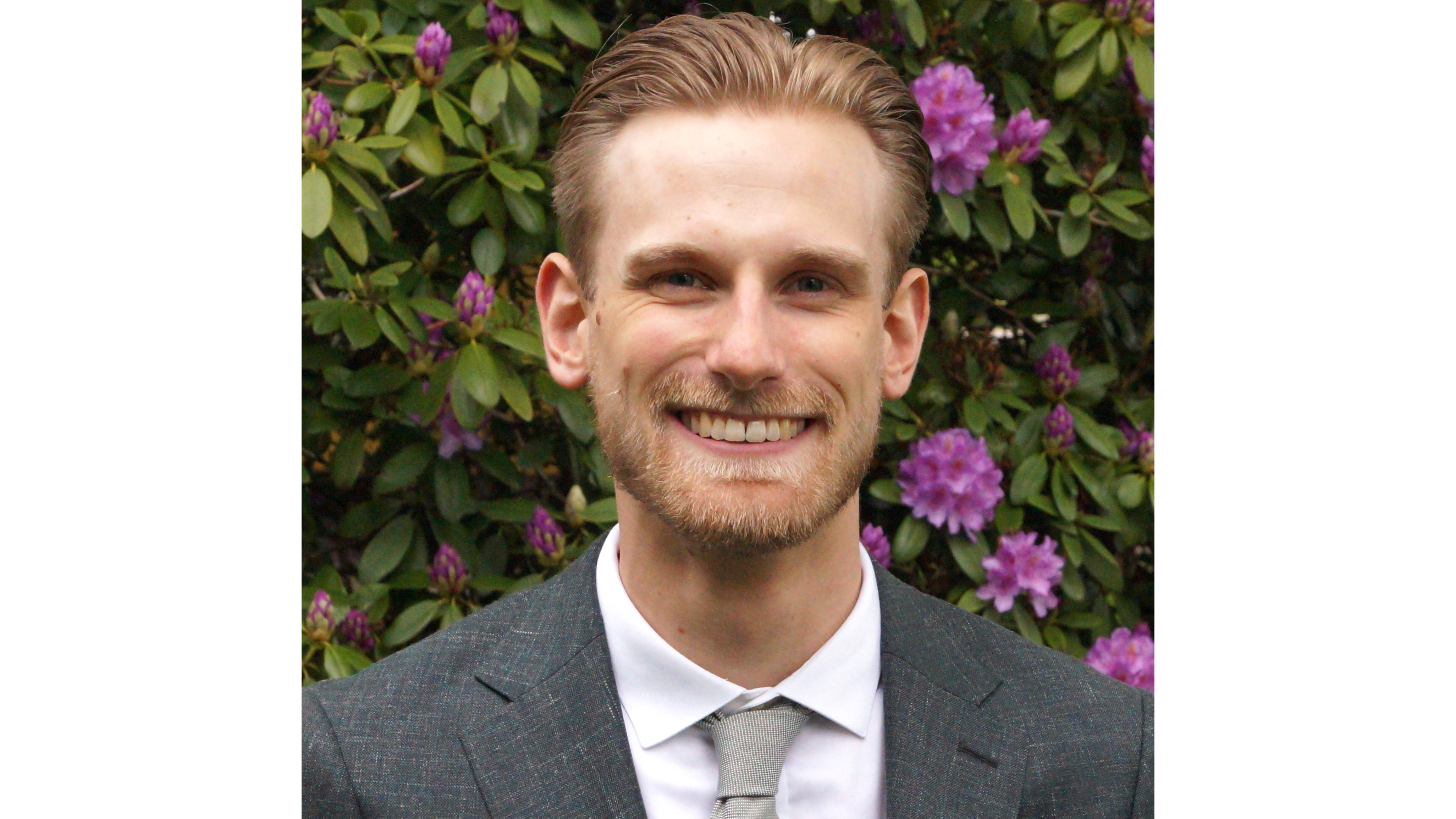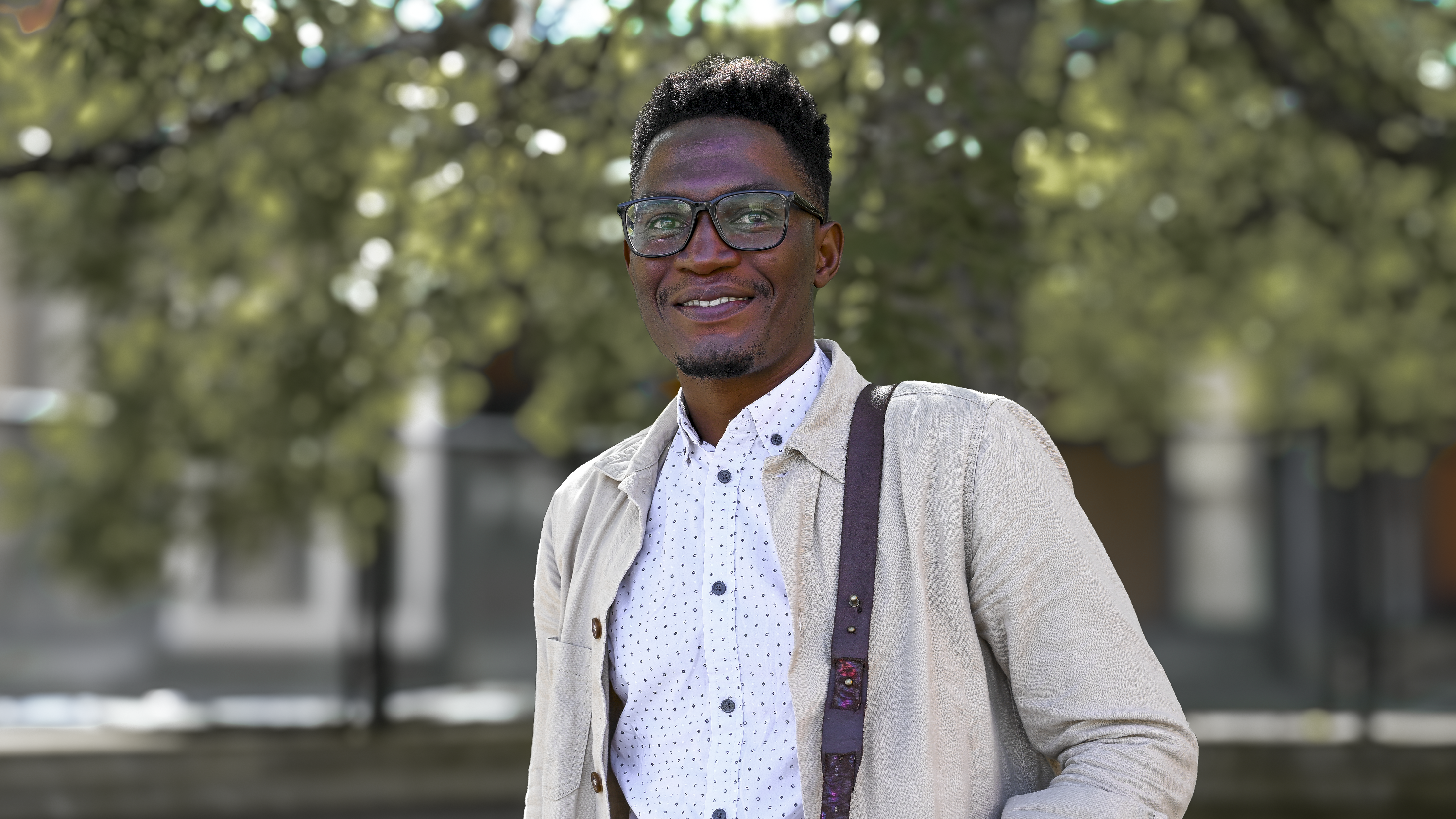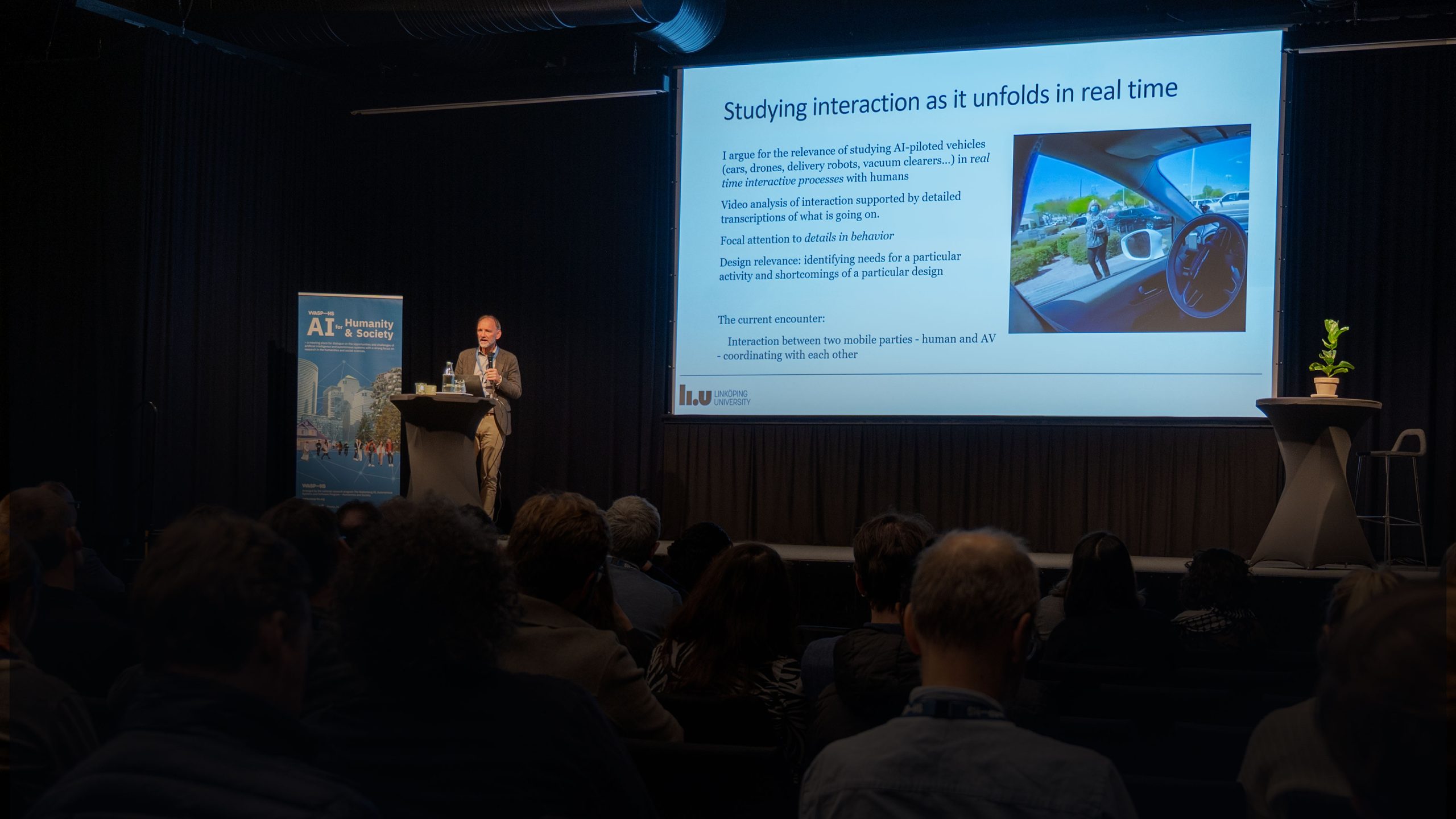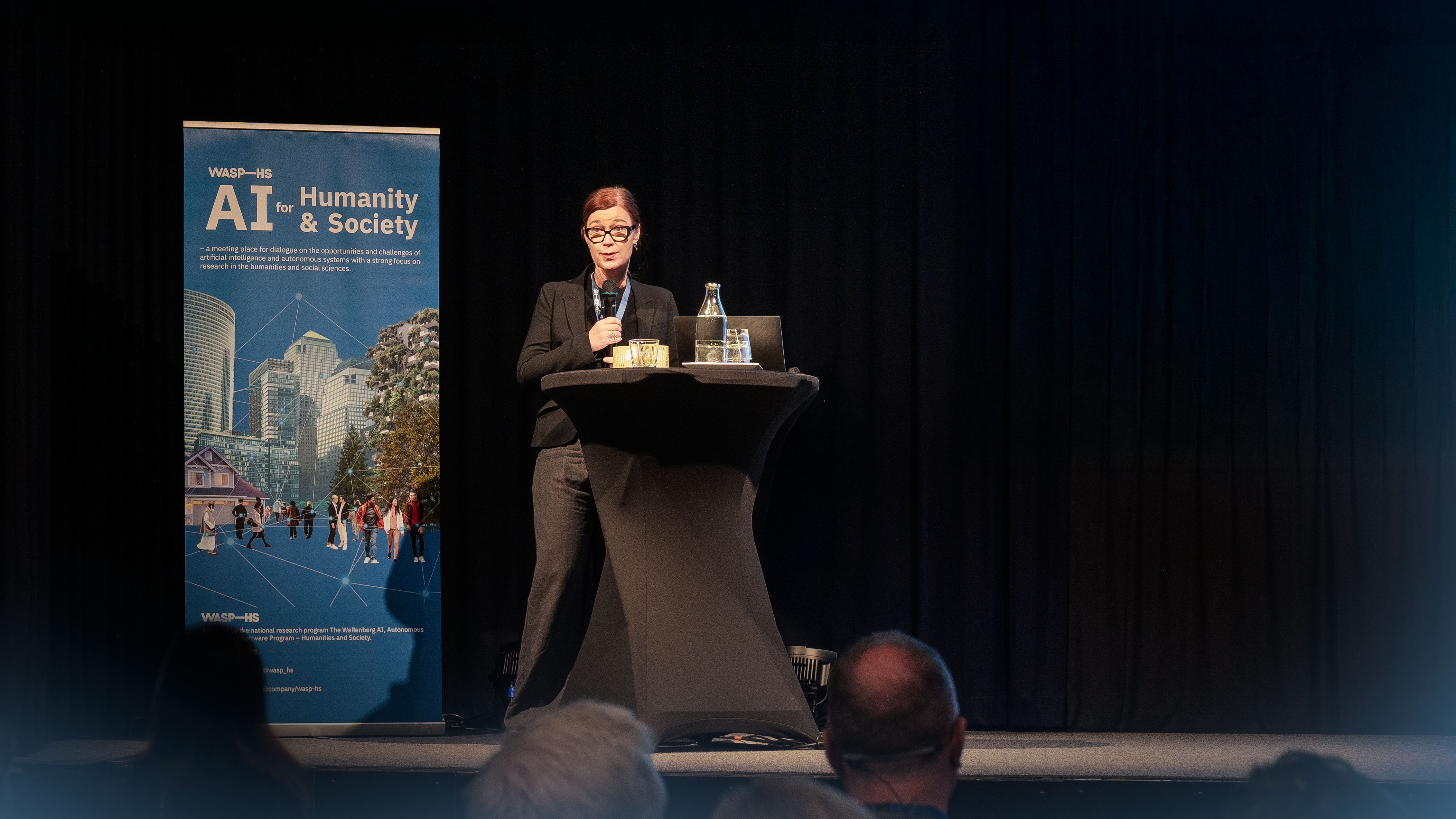We live in a time when dinner conversations more often than not veer towards gloomy subjects – whether it be issues of national safety, planetary health or the ‘threat’ of AI for democracy, the labor market, the media or any combination thereof. I have increasingly felt the need in the past months to bring up FDR’s classic paraphrase of Thoreau: “The only thing we have to fear is fear itself — nameless, unreasoning, unjustified terror which paralyzes needed efforts to convert retreat into advance”. The world is crying out for these needed efforts, for the necessary knowledge construction to bring about real advances in the big issues of our time.
Traveling back from this year’s WASP-HS Winter Conference, I carried with me an elated sensation, induced by the many stimulating presentations and conversations I had experienced during the past few days. The range of issues addressed by the researchers of the graduate school is staggering, and the width of expertise equally so; what struck me the most, however, was the spirit of positive scientific curiosity mixed with reflective criticality that is by all measures essential if we are to find solutions for the societal challenges we are facing today.
Despite our subjects ranging from social robots in elderly care to AI chatbots in higher education and the cultural politics of generative AI, I think we as WASP-HS PhD students feel kinship in our approaches towards AI and automation. We are curious about applications while realistic in our expectations, we are positive towards explorations while critical of implications. Instead of resorting to drastic measures of bans or avoidance, the WASP-HS community favors facing the societal challenges presented by AI head on.
In my particular research field, where we study the risks and opportunities of AI for the cultural heritage sector, this approach seems particularly useful. I took part in a workshop on the role of AI in preserving cultural heritage, where we discussed potential uses and misuses of various AI technologies in GLAM institutions (galleries, libraries, archives and museums). For very good reason, the cultural heritage sector is conservatively inclined. At times, this translates into a reluctance towards new technologies and thus missing out on great opportunities – other times, rash implementation of fancy tech because of fascination with the latest fad harms the trust in our cultural heritage institutions. Addressing AI for cultural heritage requires cool-headed weighing of possibilities and implications.
Certainly, this is true of any field with AI as its object of study. The technical developments of recent years have offered us tools and algorithms of great potential, that require a great deal of responsibility. I am convinced that it is research of the nature conducted within WASP-HS that is required to strike the right balance in developing a good society with AI as an integrative part. In this time of turmoil, a few days immersed with my fellow WASP-HS students reassured me that such a development is still feasible, and that the slogan printed on Umeå University’s tote bags, which I noticed several times during the conference, may indeed be true: Allt kommer bli bra (‘all will be well’).






